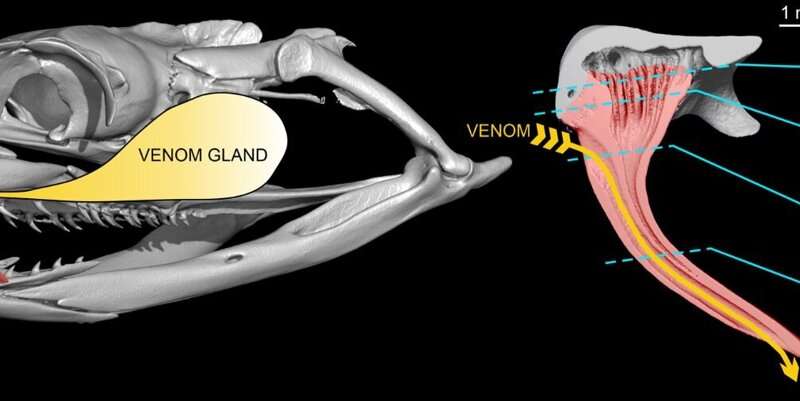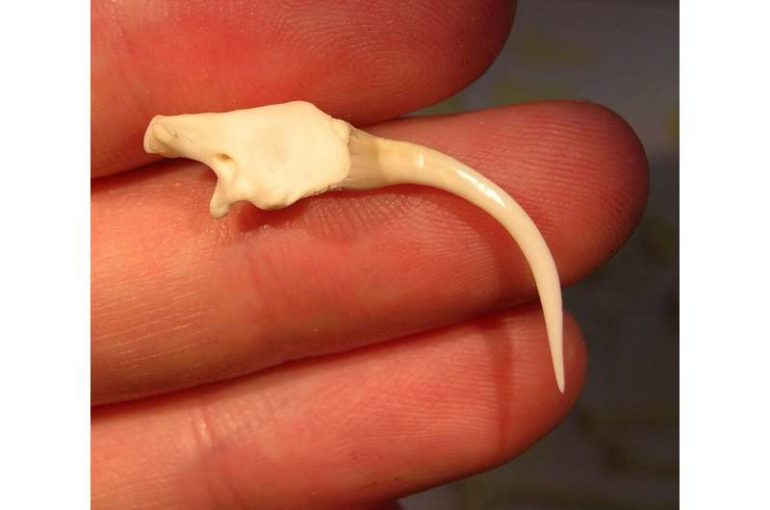Ever wondered how deadly snakes evolved their fangs? The answer lies in particular microscopic features of their teeth, research led by Flinders University and the South Australian Museum suggests.
“It’s always been a mystery why fangs have evolved so many times in snakes, but rarely in other reptiles. Our study answers this, showing how easy it is for normal snake teeth to turn into hypodermic needles,” says lead author Dr. Alessandro Palci, from Flinders University.
Of almost 4,000 species of snakes alive today, about 600 of them are considered “medically significant” to humans, meaning that if you get bitten you are very likely to require a visit to the nearest hospital for treatment.
Venom fangs are modified teeth that are grooved and larger than other nearby teeth. They can be located at the back or at the front of the mouth, where they can be fixed or hinged (i.e. they can fold backwards).
Australian and overseas researchers used high-tech modeling, fossils, and hours of microscope observations to reveal that snakes possess tiny infoldings, or wrinkles, at the base of the teeth. These infoldings might help teeth attach more firmly to the jaw. In venomous snakes, one of these wrinkles becomes deeper and extends all the way to the tooth tip, thus producing a venom groove and a fang.


“Our work also highlights the opportunism and efficiency of evolution. Wrinkles which helped attach teeth to the jaw were repurposed to help inject venom,” says co-author Professor Michael Lee (Flinders University and South Australian Museum).
The paper, “Plicidentine and the repeated origins of snake venom fangs,” has been published in Proceedings of the Royal Society B.
How snake fangs evolved to perfectly fit their food
More information:
Plicidentine and the repeated origins of snake venom fangs, Proceedings of the Royal Society B, rspb.royalsocietypublishing.or … .1098/rspb.2021.1391
Provided by
Flinders University
Citation:
How snakes got their fangs (2021, August 10)
retrieved 10 August 2021
from https://phys.org/news/2021-08-snakes-fangs.html
This document is subject to copyright. Apart from any fair dealing for the purpose of private study or research, no
part may be reproduced without the written permission. The content is provided for information purposes only.



